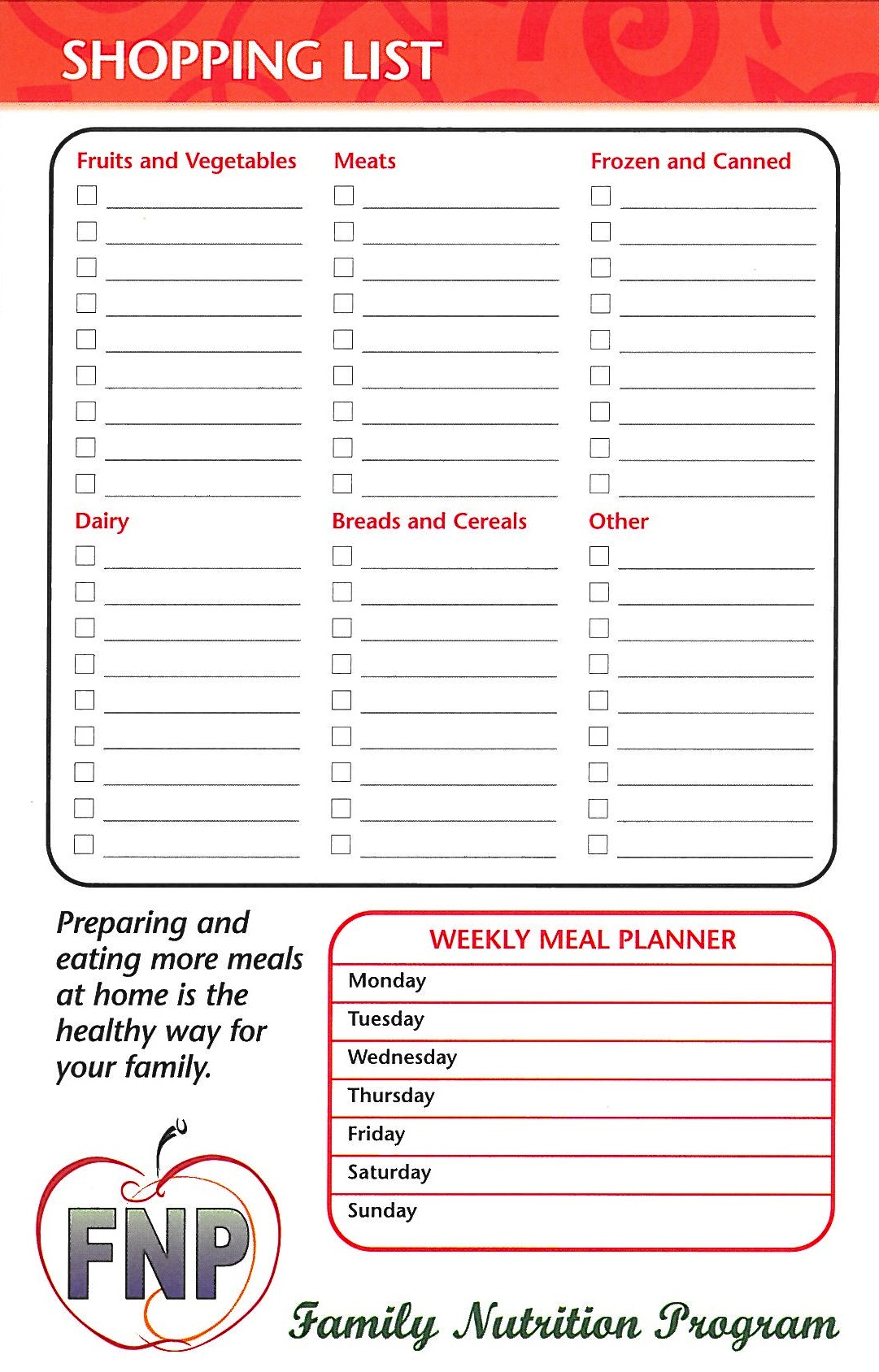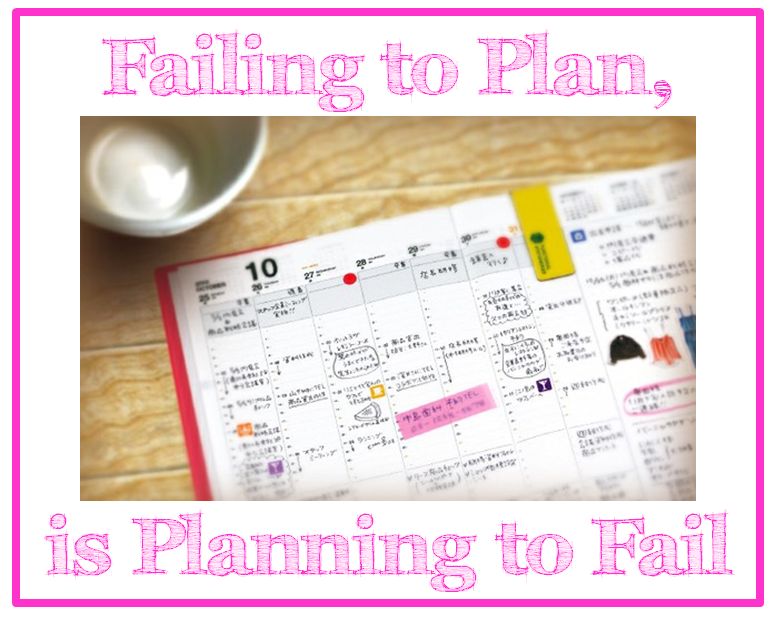Quick, what is the best way to save money in the grocery store and time in the kitchen? Meal planning, of course. Every week on FNP’s Facebook and Twitter, I give tips on how to meal plan and how to shop on a budget. But how helpful are these tips if you are totally new to meal planning? Don’t worry. After today, you will have the 7 steps to meal planning on a budget.
Step 1- Decide how many meals to plan
How often do you go grocery shopping? Plan enough meals to last you until your next trip.
How many different meals do you need? I eat the same thing for breakfast everyday, so I don’t worry about breakfast in the plan. I also make a big salad for the week and have leftovers and a salad for lunch, so not much planning needed for lunch either. (The biggest issue here is making sure to cook enough for dinner to have leftovers.)
Some people like the “cook once, eat twice” method to save time in the kitchen. Soup and casseroles are good recipes to use with this strategy.
If you have kids, do they pack lunch or eat at school? What about breakfast?
Do you have snacks between meals? Be sure to include those, too.
Step 2- Check the pantry and fridge
What ingredients do you already have? What do you have that’s about to go bad and needs to be eaten quickly? This is a big money saver. Letting food go to waste or buying something you already have uses money that could be better spent on other things. Start thinking of what meals you can make with these ingredients.
Step 3- Find the deals
Check the sales paper to see what foods are at a good price this week. Planning your meals around these foods will save you more money.
Step 4- Pick your recipes.
To me, this is the fun part. I love collecting recipes. (This is what got me hooked on Pinterest, hands-down my favorite way to keep track of recipes.) You can find FNP’s recipe collection (at it’s temporary location) here.
Look for recipes that:
- use ingredients you already have
- use ingredients on sale
- repeat ingredients from other recipes
- are low cost (tips here and here)
- can be prepared quickly on busy nights
- are meatless
- use staples from your Better Pantry
Step 5- Match your recipes to your schedule
What nights will you be too busy to cook? Plan for leftovers or a slow cooker meal on these days.
What meals are using the about to expire ingredients? Make those first. Same thing goes for fresh produce. Cook meals with fresh produce first and use canned or frozen produce later.
Step 6- Fill in the gaps
Make sure each meal is balanced. MyPlate is a good example to use. Do you have enough fruits, veggies and whole grains?

This is just one example of a meal planner with grocery list. Experiment until you find a style that works best for you.
Step 7- Make your grocery list
Once you have all the meals planned out, now you can make your grocery list. If you’re extra organized, arrange the list by section of the store. You’ll be amazed at how fast your shopping trip is and how much money you save by sticking to the list.
And there you have it, 7 easy steps to meal planning on a budget. Like any new skill, it will take some time and practice to make it a habit. But seeing how much less stressful your dinnertime rush is and how much money you save at the grocery store will make it worth it.
Here are some other resources for meal planning from eXtenson.org, Clemson Cooperative Extension and the Food and Nutrition Magazine’s blog. Feel free to share any other tips you use for meal planning in the comments.

